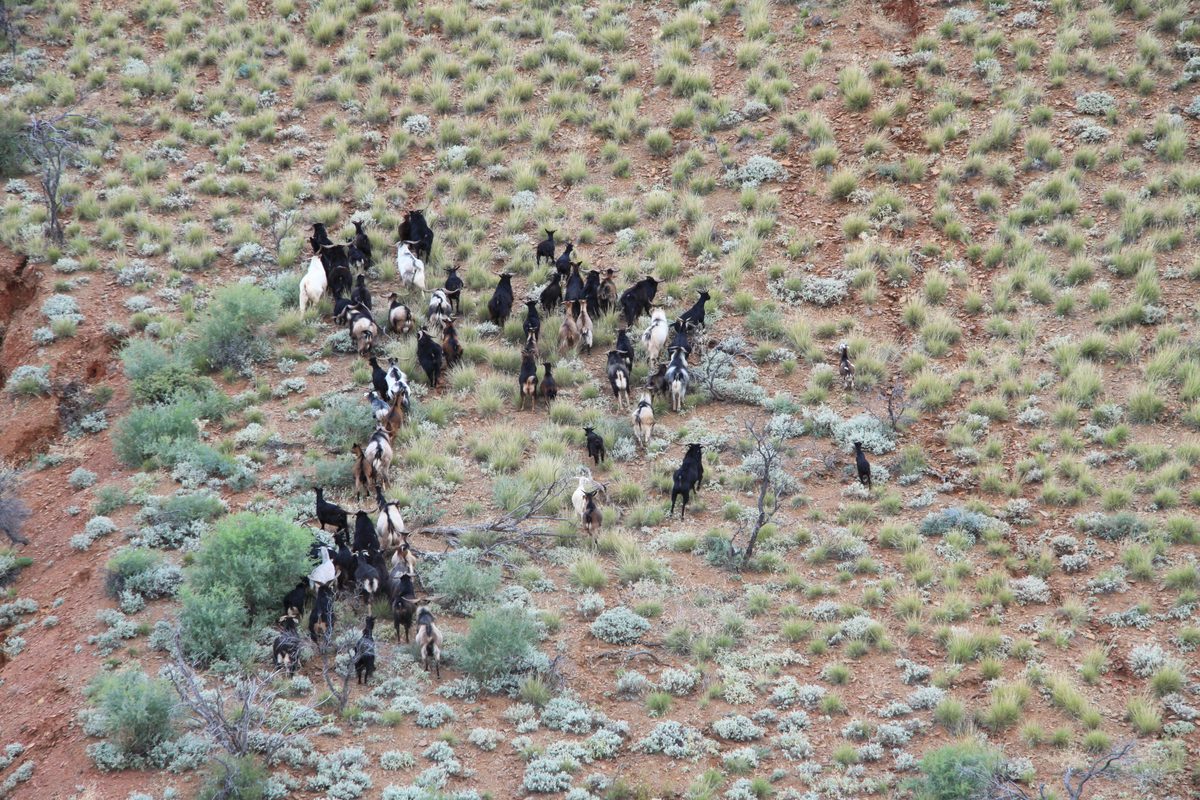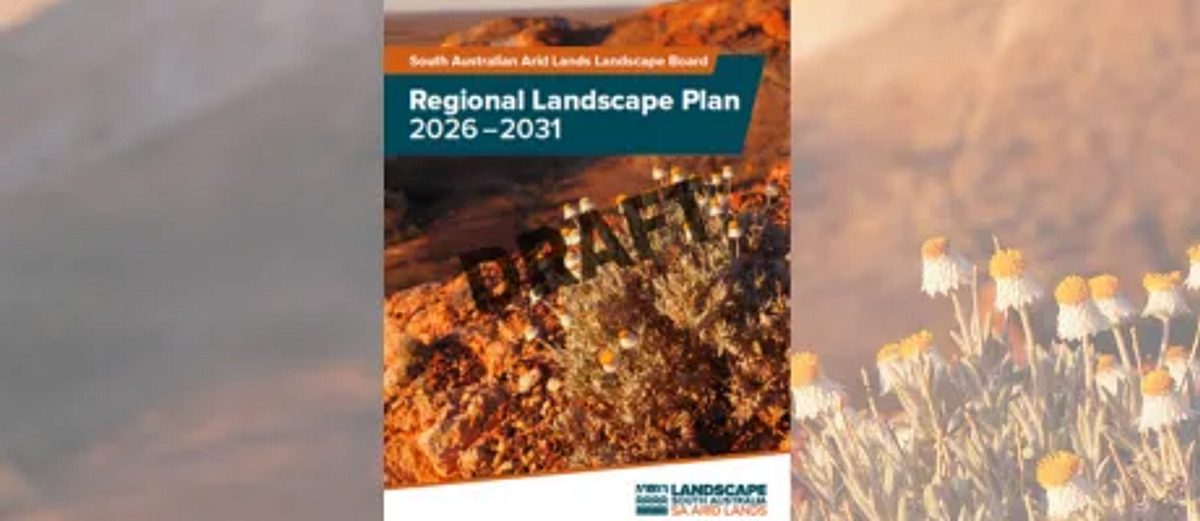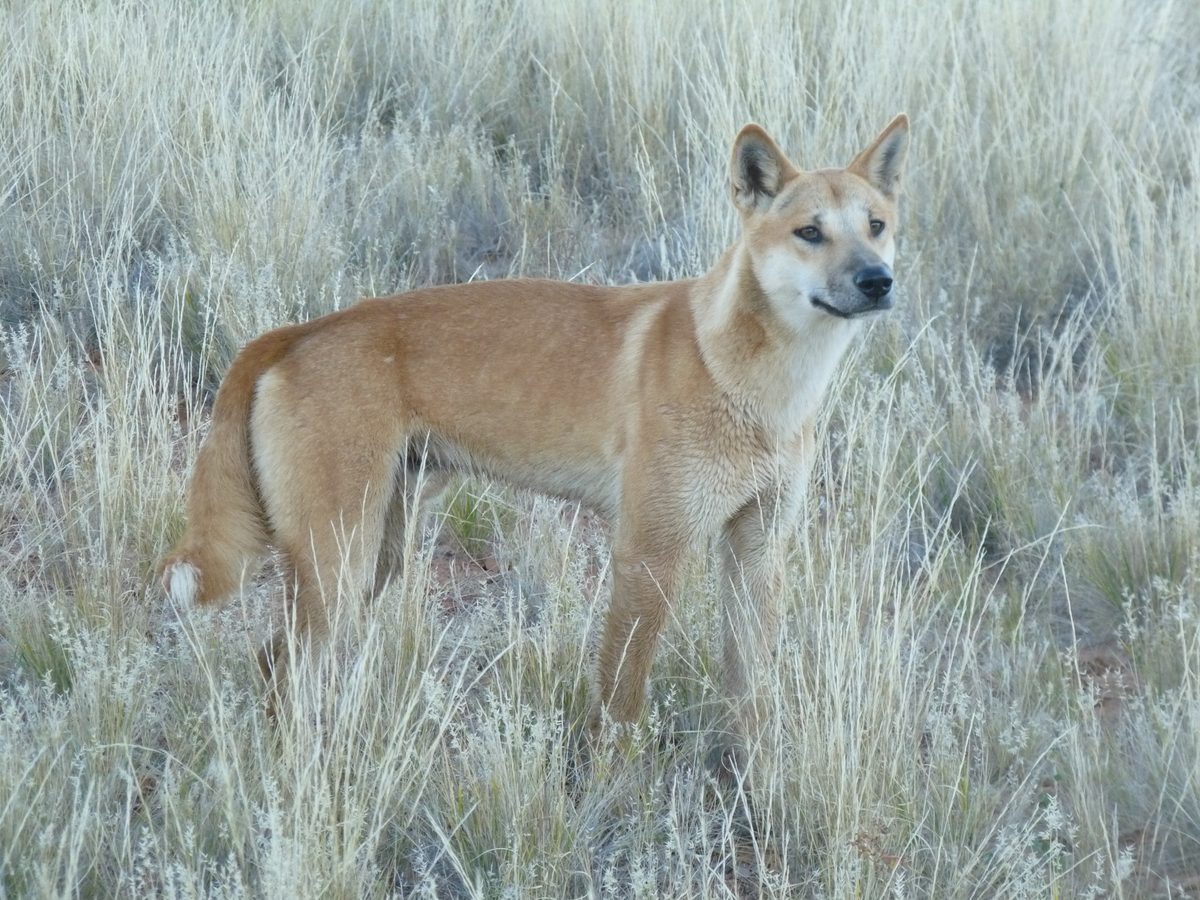Springs management the focus of a new plan
A management plan is being developed for the Great Artesian Basin Springs on Finniss Springs Station.

The health and management of kutha ngarrawa, (mound springs) were discussed during a visit to the property by members of the SA Arid Lands Landscape Board Water Team, the Friends of Mound Springs and Arabana Aboriginal Corporation (AAC) in October.
Arabana Aboriginal Corporation (AAC) was provided the lease for Finniss Springs Station as part of the Arabana Native Title determination (2012) due to its deep historical and spiritual significance for Arabana people.
The group visited Beatrice Spring, Bopeechee Spring and Hermit Hill Springs where management options including fencing, monitoring, burning of Phragmites (common reed) and Typha (bulrush) and control of herbivore access were discussed.
The group included Arabana Elders Betty and Peggy Larkins, Garth Dodd, Jeffrey Warren and Katrina Thompson, Arabana Rangers Zaaheer McKenzie, Aamish Warren, Stanley Wingfield, Hayden Stuart and Tristan Stuart, AAC project officer Neil Brougham, Friends of Mound Springs Simon Lewis and Bruce Gotch and SAAL water officers Aaron Smith and Julia Short.
Arabana Elders recalled the history and stories of Finniss Springs from their own experiences of growing up on the property and spending time at the springs and wetlands. They recalled a greater spring flow in kutha ngarrawa in their childhood.
Elders noted that springs had considerably lower flows than they remembered, due to water extraction throughout their lifetimes. However, they agreed the landscape and biodiversity was generally in good condition around some springs, despite signs of herbivore impact.
There was considerable interest from Arabana Elders and Rangers in trials to burn around springs to manage the dominant Phragmites and Typha vegetation. Burning has previously been trialled at Beatrice and Bopeechee Springs in 2016 in a joint project between Department for Environment and Water, Arabana, Friends of Mound Springs and the University of Adelaide, but was compromised by extensive herbivore activity soon afterwards.
The timing of the trip had the group on Finniss Springs and in Roxby Downs the day of the dust storm, thunderstorm, heavy rain, and the subsequent power outage.
At Charles Angas, Kuri Apa (Morris Creek) and Alberrie Creek bores, the country was looking very refreshed after the previous day’s rain. The group discussed the management of water flows and there are large sedge wetlands at Charles Angas and Kuri Apa which also showed evidence of extensive herbivore activity, with trampling and pugging of the wetlands.
Again, the Arabana Elders recalled the history of the wetlands and rangers shared stories of the birdlife they had seen at the site. Although an artificial bore-fed wetland, Charles Angas held special significance for Arabana people.
Kutha mgarrawa are under threat from the dropping water table, but a lot can be done to manage the above ground health of the springs. The plan will include collaborative management options for the springs and the wetlands and suggest trials that could occur on Finniss.


